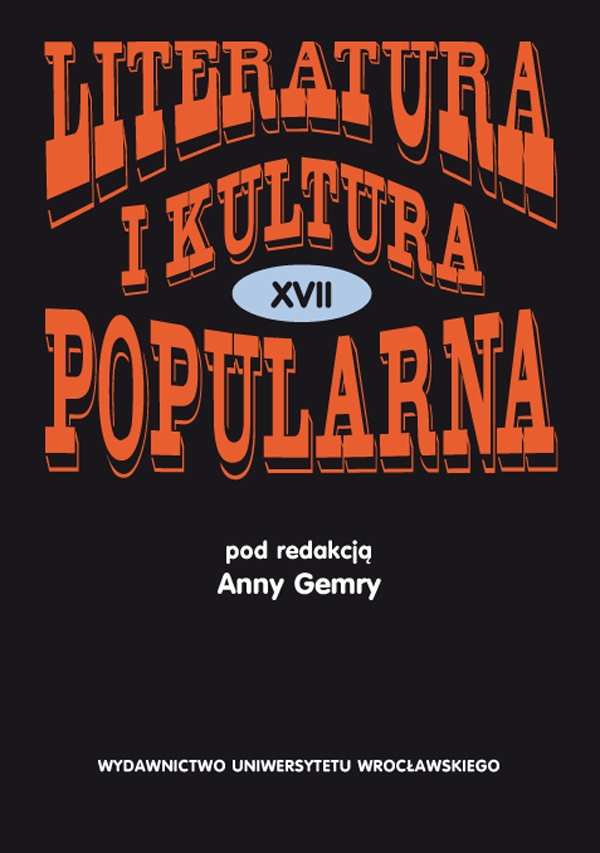

Artykuły

Creative continuator or an astute follower? Paroemia in criminal-historical novels of Mariusz Wollny
Due to the fact that modern paroemilogists and linguists very often complain in their statements about the disappearance of tradition in making use of adages, the aim of this article is to verify these woeful observations. The subject of the research are two novels written by Mariusz Wollny Kacper Ryx and Kacper Ryx i król przeklęty which represent the historical detective novel in its belligerently-adventurous version. Statistical analysis of both novels proves considerable usage of proverbs and proverbial expressions, typical for the 19th century novel writing. The impressive number of Polish paroemia 701 are also completed with Latin adages 41, French 1, German 3, Russian 1 and Ukrainian 1, being presented in the original linguistic shape. Wollny’s paroemiological competence is, moreover, crystallized by diversified forms of incorporating proverbs, in order to attain a complete formal and semantic text cohesion: grammatical form modification of a proverb the change of a person, number, tense and mood, shortening of proverbs apocopes, preceding with a binding phrase, joining proverbs into mini-sequences, the change of one idiomatic element, as well as, paraphrasing and allusion to paroemia. These diversified ways of including proverbs into a directive text, correspond with the multiplicity of the performed functions: indirect characteristic of the character nationality, social affiliation, the knowledge of communication strategies, education qualification, mentality type, etc., language style, aesthetic and expressive function. This strategy of artistic conduct is similar to the historical novels of Sienkiewicz, very often definedas an “adventure novel”.